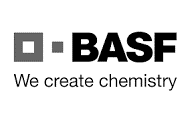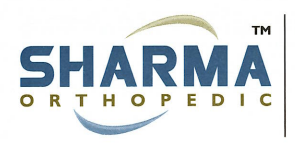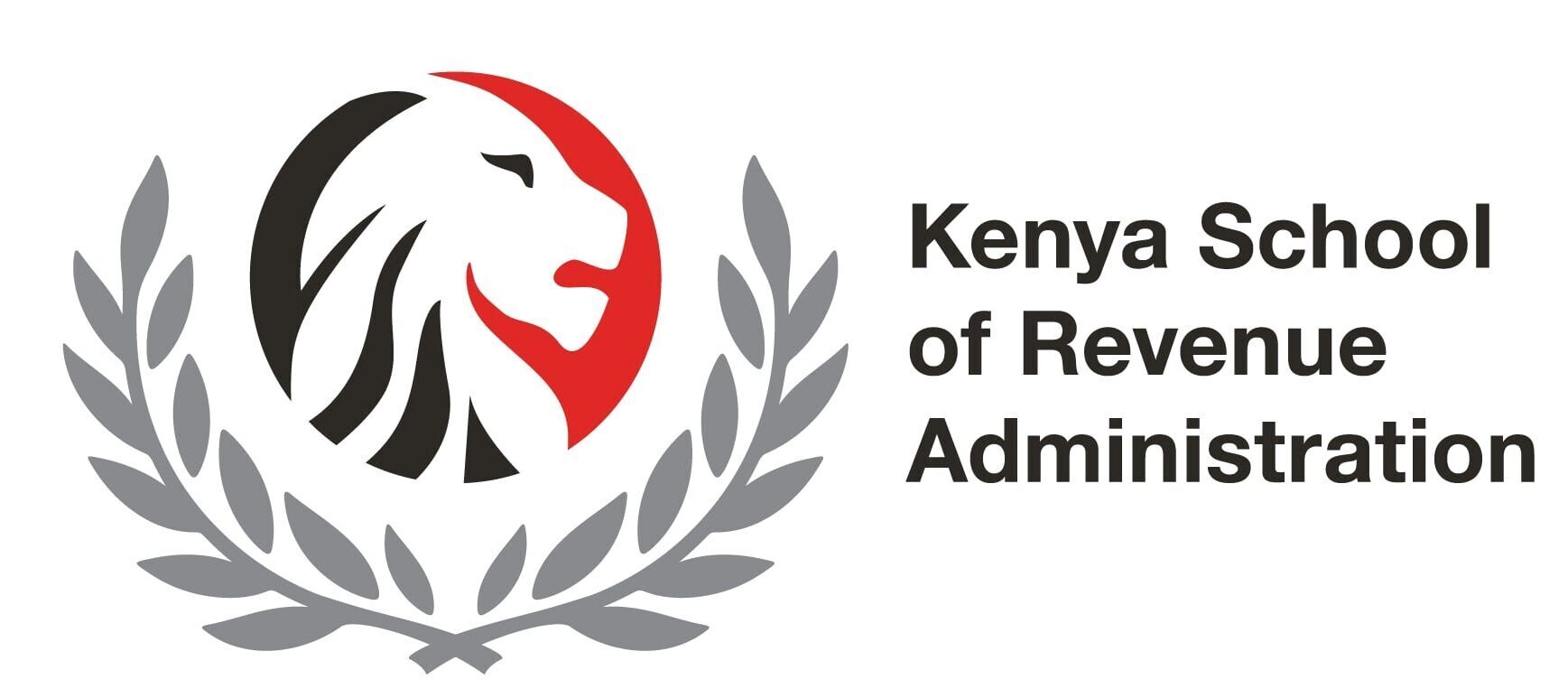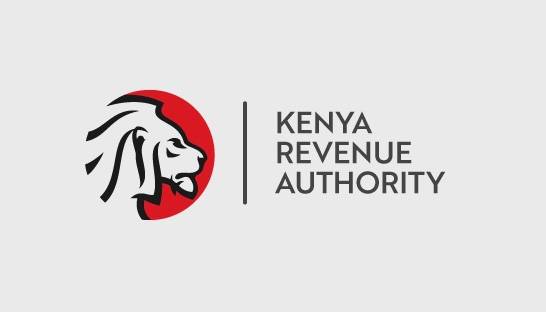- HS Classification Opinions
- 181 Views
Based on the information provided, it is the opinion of this office that the subject sanitizer is considered a composite good representing functions that are covered by multiple headings within the Harmonized Tariff Schedule of the United States (HTSUS). As such, classification is derived by the rules set forth by General Rule of Interpretation (GRI) 3(b) and 3(c). GRI 3(b) states, in part, that composite goods are classified as if they are comprised of the function that provides the finished product its essential character
CLA-2-85:OT:RR:NC:N2:212
Jean Carlo Scholtz
Leeds World
400 Hunt Valley Road
New Kensington, PA 15068
RE: The tariff classification of an Ultrasonic and UV sanitizer from China
Dear Mr. Scholtz:
In your letter dated September 27, 2021, you requested a tariff classification ruling.
The merchandise under consideration, identified by item number 7143-43, is described as an ultrasonic cleaner with wireless charging sanitizer. The subject item is rectangular in nature and measures approximately 7 inches long by 3 inches wide by 1.5 inches deep with an incorporated waterproof reservoir on the inside. Within the reservoir are two UV-C LED lights designed to sanitize the desired article placed within. Additionally, the unit contains ultrasound technology to allow for ultrasonic sterilization of items placed within the reservoir. The top of the unit is equipped with a wireless charger that allows the user to charge personal electronic devices, such as cell phones. You state the sanitizer is charged via a provided AC adapter.
In use, the desired article to be sanitized is placed within the reservoir of the machine. The user then selects, from the control panel, whether they would like the item cleaned or sanitized through ultrasonic or UV means. If ultrasonic, the unit will be filled with water and the ultrasound technology will agitate the water, thus cleaning the item. If UV, the desired article is bombarded with UV light, which you state will destroy virtually all microorganisms. Further, the user can place a personal electronic device equipped with wireless charging capability on the top of the device and the item will be charged.
Based on the information provided, it is the opinion of this office that the subject sanitizer is considered a composite good representing functions that are covered by multiple headings within the Harmonized Tariff Schedule of the United States (HTSUS). As such, classification is derived by the rules set forth by General Rule of Interpretation (GRI) 3(b) and 3(c). GRI 3(b) states, in part, that composite goods are classified as if they are comprised of the function that provides the finished product its essential character. We are of the opinion that the ultrasonic cleaning function, the UV cleaning function, nor the charging function would be considered the essential character as they carry equal importance to the end user. Classification would then fall to GRI 3(c), which states that the goods are classified by the heading that falls last in numerical order. After a thorough review, we find that the ultrasonic cleaning function is covered by heading 8479, HTSUS, the charging function is covered by heading 8504, HTSUS, and the UV function is covered by heading 8543, HTSUS. As heading 8543, HTSUS, falls numerically after heading 8479, HTSUS, and 8504, HTSUS, we find that this will be the appropriate classification.
The applicable subheading for the ultrasonic cleaner with wireless charging sanitizer, item number 7143-43, will be 8543.70.9960, HTSUS, which provides for “Electrical machines and apparatus, having individual functions, not specified or included elsewhere in this chapter; Other machines and apparatus; …Other.” The general rate of duty will be 2.6 percent ad valorem.
Pursuant to U.S. Note 20 to Subchapter III, Chapter 99, HTSUS, products of China classified under subheading 8543.70.9960, HTSUS, unless specifically excluded, are subject to an additional 25 percent ad valorem rate of duty. At the time of importation, you must report the Chapter 99 subheading, i.e., 9903.88.02, in addition to subheading 8543.70.9960, HTSUS, listed above.
The HTSUS is subject to periodic amendment, so you should exercise reasonable care in monitoring the status of goods covered by the Note cited above and the applicable Chapter 99 subheading. For background information regarding the trade remedy initiated pursuant to Section 301 of the Trade Act of 1974, including information on exclusions and their effective dates, you may refer to the relevant parts of the USTR and CBP websites, which are available at:
https://ustr.gov/issue-areas/enforcement/section-301-investigations/tariff-actions https://www.cbp.gov/trade/remedies/301-certain-products-china
Duty rates are provided for your convenience and are subject to change. The text of the most recent HTSUS and the accompanying duty rates are provided on the World Wide Web at https://hts.usitc.gov/current.
This ruling is being issued under the provisions of Part 177 of the Customs Regulations (19 C.F.R. 177).
A copy of the ruling or the control number indicated above should be provided with the entry documents filed at the time this merchandise is imported. If you have any questions regarding the ruling, contact National Import Specialist Luke LePage at luke.lepage@cbp.dhs.gov.
Sincerely,
Steven A. Mack
Director
National Commodity Specialist Division








